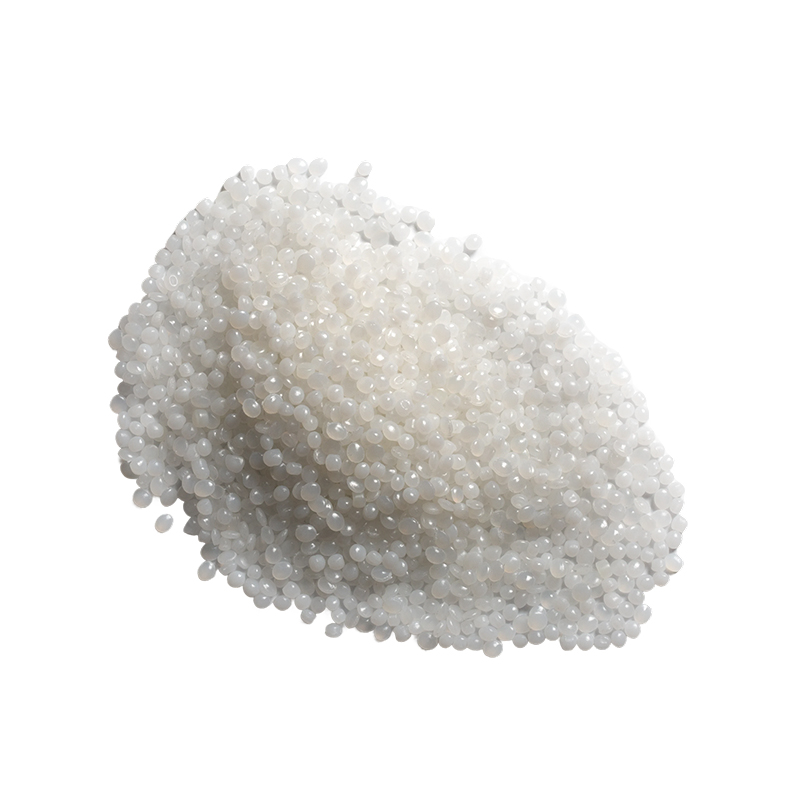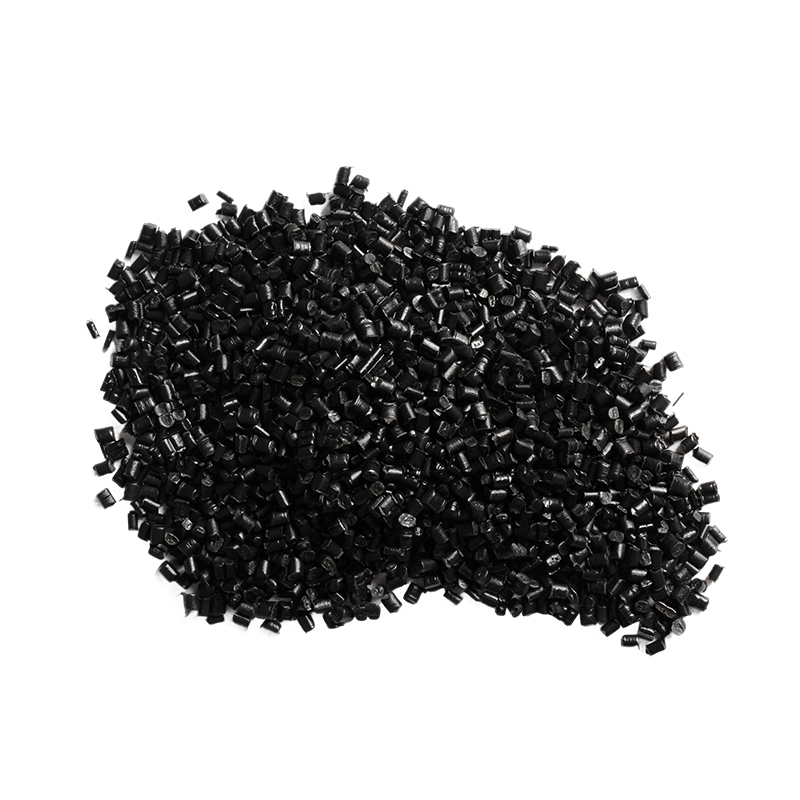How do EVA recycled pellets recycle waste EVA materials and contribute to the sustainable development of plastics?
Release Time : 2025-10-21
With plastic products now widely used in everyday life, the environmental pressures posed by discarded plastics are becoming increasingly prominent. Reducing resource consumption and minimizing environmental pollution have become unavoidable challenges for the manufacturing industry. Against this backdrop, EVA recycled pellets, as a key vehicle for recycling waste EVA materials, are becoming a crucial force in promoting the sustainable development of plastics. They not only provide a new home for a large number of discarded EVA products, but also effectively demonstrate the green concept of "turning waste into treasure."
EVA (ethylene-vinyl acetate copolymer) is a high-performance material widely used in footwear, packaging, sports mats, toys, photovoltaic films, and other fields. It is highly valued for its softness, lightness, excellent cushioning, and low-temperature resistance. However, at the end of their lifecycle, large amounts of EVA scraps and scrapped products are directly landfilled or incinerated, which not only wastes resources but also poses a long-term environmental burden. The emergence of EVA recycled pellets aims to break this linear "use and discard" model and establish a closed-loop path from "waste" to "raw material."
The first step in achieving recycling is scientific classification and collection. EVA scraps, defective products, and used EVA products generated during the production process are systematically collected and sorted by material, color, and purity. This crucial step ensures high raw material consistency for subsequent processing and prevents impurities from affecting the quality of the recycled material. These scrap materials then undergo a cleaning process, where surface contaminants such as dust, oil, and label residue are removed through physical or chemical methods to restore the material to a clean state.
Next comes the core process of crushing and pelletizing. The cleaned EVA material is fed into a crushing machine, broken into small pieces. After high-temperature melting, impurity filtering, and homogenization, it is plasticized in an extruder and pelletized into strands, ultimately forming uniform recycled pellets. The entire process is carried out under strictly controlled temperature and pressure to ensure that the material's properties are not excessively damaged. High-quality recycled pellets are stable in color, free of impurities, and have excellent flowability, making them suitable for direct use in various molding processes such as injection molding, extrusion, and foaming.
The value of recycled pellets lies not only in their "recyclability" but also in the sustainability of their performance. After optimized processing, recycled EVA retains excellent flexibility, resilience, and processability, making it suitable for a wide range of applications requiring cushioning and comfort, such as midsoles, floor mats, packaging linings, and sports equipment. Companies can blend recycled pellets with virgin EVA in a specific ratio based on their specific needs, significantly reducing reliance on new plastics and lowering carbon emissions while maintaining product performance.
More importantly, this recycling model reduces the need for petroleum extraction, lowers energy consumption and greenhouse gas emissions, and alleviates environmental pressures at the source. It allows waste that would otherwise end up in landfills to become a valuable resource in the production line, truly achieving a closed-loop flow of "resources-products-recycled resources."
Ultimately, the significance of recycled EVA pellets goes beyond the reuse of a single material. They are a practical realization—providing that waste is not the end, but the starting point for new value. They promote the transformation of the manufacturing industry from "high-consumption, high-emissions" to "low-impact, high-recycling," providing a practical path for the sustainable development of the plastics industry. Behind every product made from recycled pellets is a respect for the environment and a commitment to the future. This is the true meaning of green manufacturing: not pursuing to create something out of nothing, but making every resource fully utilized and sustainable.
EVA (ethylene-vinyl acetate copolymer) is a high-performance material widely used in footwear, packaging, sports mats, toys, photovoltaic films, and other fields. It is highly valued for its softness, lightness, excellent cushioning, and low-temperature resistance. However, at the end of their lifecycle, large amounts of EVA scraps and scrapped products are directly landfilled or incinerated, which not only wastes resources but also poses a long-term environmental burden. The emergence of EVA recycled pellets aims to break this linear "use and discard" model and establish a closed-loop path from "waste" to "raw material."
The first step in achieving recycling is scientific classification and collection. EVA scraps, defective products, and used EVA products generated during the production process are systematically collected and sorted by material, color, and purity. This crucial step ensures high raw material consistency for subsequent processing and prevents impurities from affecting the quality of the recycled material. These scrap materials then undergo a cleaning process, where surface contaminants such as dust, oil, and label residue are removed through physical or chemical methods to restore the material to a clean state.
Next comes the core process of crushing and pelletizing. The cleaned EVA material is fed into a crushing machine, broken into small pieces. After high-temperature melting, impurity filtering, and homogenization, it is plasticized in an extruder and pelletized into strands, ultimately forming uniform recycled pellets. The entire process is carried out under strictly controlled temperature and pressure to ensure that the material's properties are not excessively damaged. High-quality recycled pellets are stable in color, free of impurities, and have excellent flowability, making them suitable for direct use in various molding processes such as injection molding, extrusion, and foaming.
The value of recycled pellets lies not only in their "recyclability" but also in the sustainability of their performance. After optimized processing, recycled EVA retains excellent flexibility, resilience, and processability, making it suitable for a wide range of applications requiring cushioning and comfort, such as midsoles, floor mats, packaging linings, and sports equipment. Companies can blend recycled pellets with virgin EVA in a specific ratio based on their specific needs, significantly reducing reliance on new plastics and lowering carbon emissions while maintaining product performance.
More importantly, this recycling model reduces the need for petroleum extraction, lowers energy consumption and greenhouse gas emissions, and alleviates environmental pressures at the source. It allows waste that would otherwise end up in landfills to become a valuable resource in the production line, truly achieving a closed-loop flow of "resources-products-recycled resources."
Ultimately, the significance of recycled EVA pellets goes beyond the reuse of a single material. They are a practical realization—providing that waste is not the end, but the starting point for new value. They promote the transformation of the manufacturing industry from "high-consumption, high-emissions" to "low-impact, high-recycling," providing a practical path for the sustainable development of the plastics industry. Behind every product made from recycled pellets is a respect for the environment and a commitment to the future. This is the true meaning of green manufacturing: not pursuing to create something out of nothing, but making every resource fully utilized and sustainable.







